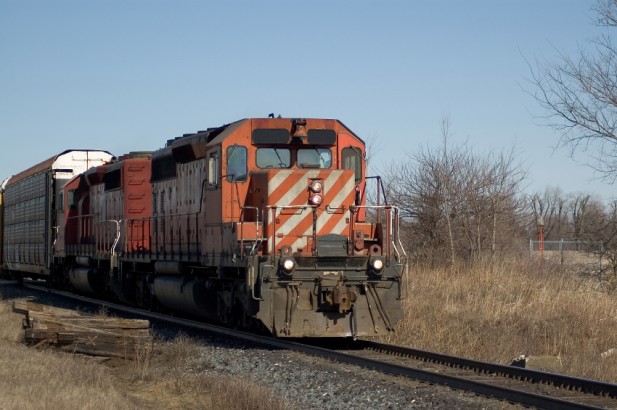Safety At Level Crossings: A Priority For Us All

Trains are everywhere in Canada. We have over 73,000 km of train track. Hundreds of trains are used every day to move people and freight all over our large country.
Given that trains have to travel through populated areas, it is understandable that cars and people often must cross over train tracks as they go about their daily lives. In fact, there are more than 37,000 pedestrian/highway level crossings across the country.
Unfortunately, trains will cause serious injury or death if they collide with a person or vehicle. This is because trains are very heavy. Train locomotives weigh an average of 110 tonnes. The average car weighs 2 tonnes. Trains also take a long time to stop. A freight train travelling at 100 kilometres per hour needs to travel over 2 kilometres in order to come to a complete stop.
According to Operation Lifesaver, in 2014 there were 180 collisions between cars and trains at level crossings across Canada. These caused 21 fatalities and 25 serious injuries. There were also 55 pedestrian/train accidents in 2014, including 33 fatalities and 21 serious injuries.
To stay safe, never drive through lowered gates at a level crossing. It is illegal and can have devastating consequences. Also never race to beat a train; it’s a race that you can’t afford to lose. Pedestrians should only cross the tracks at a designated pedestrian crossing. It is also important to always expect a train as they don’t always follow set schedules.
Ontario courts have held that level crossings must comply with certain standards in order to meet the standard of care. If you or a loved one is injured by a train, it is best to consult an experienced personal injury lawyer to see whether there is any basis for a legal claim.
Oatley Vigmond represents injured individuals in their claims against insurance companies.
Oatley Vigmond can be reached at (705) 726-9021 or 1-888-662-2481.
